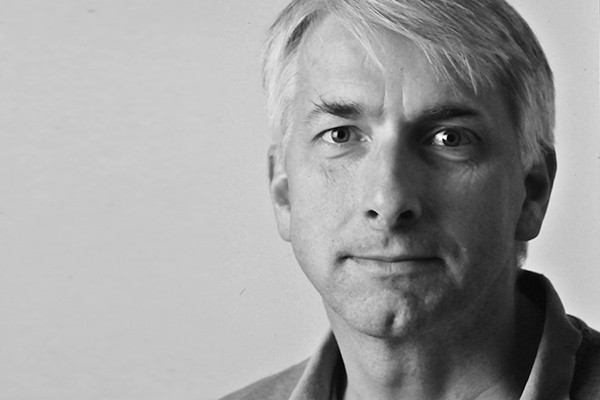 UWindsor professor Hugh MacIsaac is scientific director of the Canadian Aquatic Invasive Species Network II, which will end a five-year run with a final conference this week.
UWindsor professor Hugh MacIsaac is scientific director of the Canadian Aquatic Invasive Species Network II, which will end a five-year run with a final conference this week.
The Canadian Aquatic Invasive Species Network II (CAISN II) will finish its five-year term this week with its final conference hosted at the University of Windsor.
Its scientific director, Hugh MacIsaac, a professor at the Great Lakes Institute for Environmental Research (GLIER), says the federal government originally established the network for a five-year term in 2006, with a goal of identifying and quantifying the pathways by which aquatic invasive species enter Canada.
“In the early 2000s, Canada was ill-prepared to address problems associated with invasive species,” Dr. MacIsaac says. “In response, the federal departments of Fisheries and Oceans, and Transport, created internal research groups and provided funding for external groups, while the Natural Sciences and Engineering Research Council of Canada provided network funding for the establishment of CAISN I.”
He says the network’s original goals included not only identifying and quantifying the ways invaders spread, but determining factors that affect their successful colonization and developing risk assessment models for potential and existing invasions.
In 2011, CAISN II followed up on this work over the next five years by focusing on new research themes of:
- Early detection;
- Rapid response;
- Invasive species as part of multiple aquatic stressors; and
- Reducing uncertainty in prediction and management of aquatic invasive species.
“Our networks dovetailed outstanding scientific research and problem characterization and resolution, while our federal and provincial partners played key roles in defining the problems addressed by CAISN networks and provided essential feedback,” MacIsaac says. “I’m often told by colleagues in other countries that they wished their own country took such an ordered and thorough approach to invasive species management.”
He says the conference is fortunate to host plenary talks by two of the world’s preeminent invasion scholars, James Carlton, professor emeritus of marine sciences at Williams College; and Daniel Simberloff, the Hunger Gore chair at University of Tennessee, Knoxville.
Dr. Simberloff says he has followed the work of CAISN with increasing admiration since its inception and says its biggest impact has been to support a plethora of important projects by students and researchers, and to facilitate their interaction.
“This has generated a multiplier effect, as the researchers inspire and educate one another about new findings and approaches,” he says. “This has been a really great program. It’s too bad other nations don’t have analogous programs—the world would be a better place.”
Dr. Carlton says CAISN became a globally important project that demonstrated the value of a unified, nationally-driven effort to advance the scientific understanding of, and policy issues surrounding aquatic invasive species.
“The biggest contribution of CAISN has been to substantially contribute to and enhance our understanding of the ‘big picture’ of the history, science, and policy of bio-invasions by means of a very impressive record of publications and training,” he says.
As CAISN’s scientific director, MacIsaac says he is most proud of the training received by 94 graduate students, 25 postdoctoral fellows, and numerous undergraduate students who have collaborated in research and networking around the world.
“There has not been an international invasion conference over the past several years without a strong contingent of CAISN’s highly qualified personnel, and now that they are trained, they will carry the torch in academia and management long into the future,” he says.
